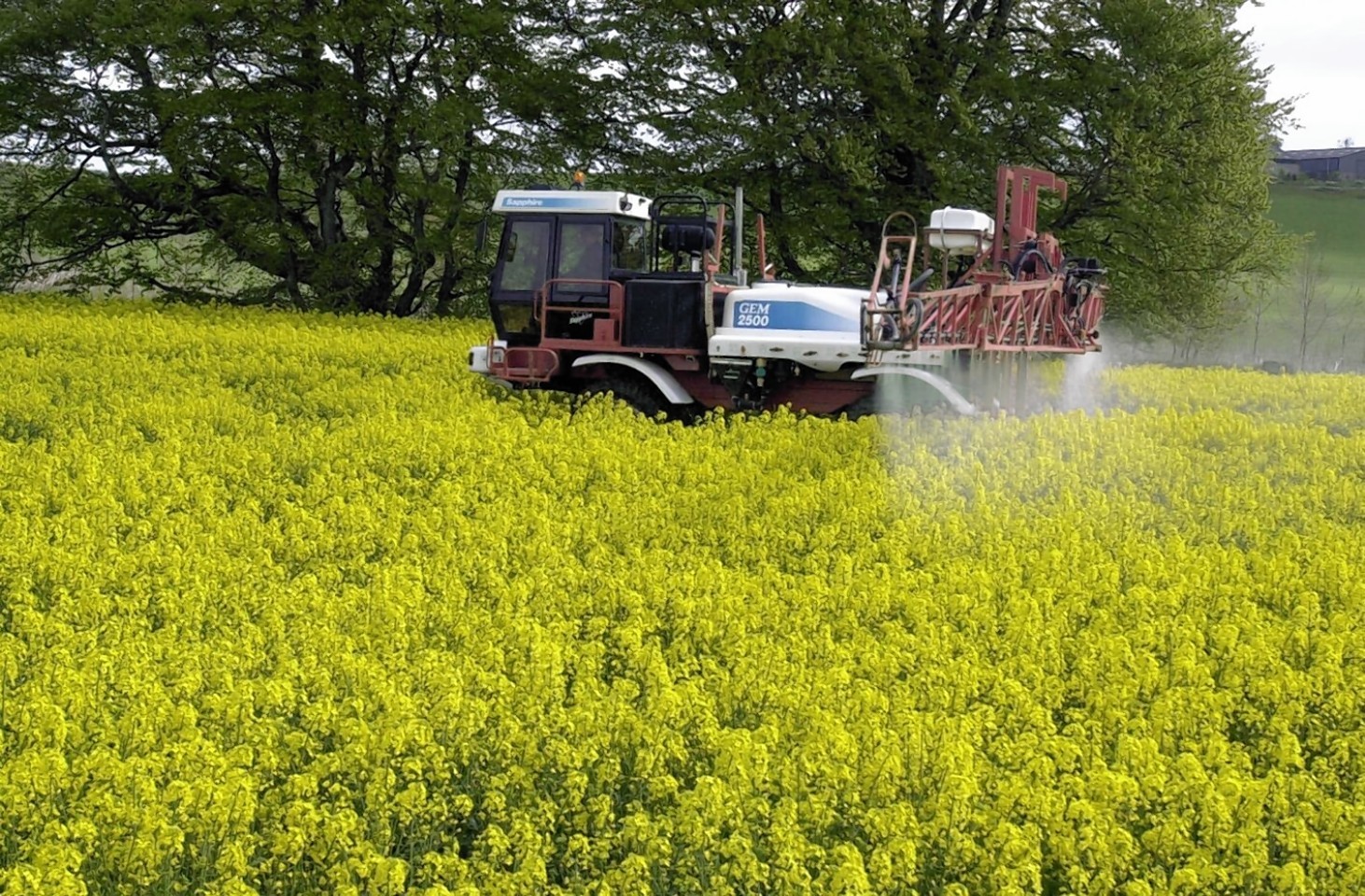Farmers and crofters in possession of illegal pesticides have been urged to make use of a government pesticide disposal scheme.
The scheme was set up to get rid of illegal pesticides which could be used to poison wildlife.
It forms part of the Partnership for Action Against Wildlife Crime (PAW) Scotland, and is free and confidential for farmers to use.
The pesticides accepted are: Aldicarb, Carbofuran, Carbosulfan, Isofenphos, Mevinphos, Sodium cyanide (usually known as Cymag), Strychnine and most types of Bendiocarb.
Banned or expired formulations of Chloralose, especially those containing more than 5% Chloralose, and banned or expired formulations of Aluminium Phosphide will also be accepted.
Environment minister and chair of PAW Scotland, Aileen McLeod, said: “There were 96 recorded incidents of illegal poisoning abuse involving wildlife in the last 5 years from 2009-2013. It is essential that we remove all substances from the countryside that could kill our wildlife, and that are a risk to people and pets who may accidentally be exposed to them, which is why the Scottish Government has introduced the pesticide disposal scheme.
“I would encourage people to carefully and safely check sheds and outbuildings for old stocks of illegal substances. While recent incidents have demonstrated that some people are still deliberately using these pesticides to kill wildlife, we also know that in many cases these substances may have been left forgotten and unused for years. Therefore I hope that people will come forward safe in the knowledge that handing over these pesticides will not be seen as an assumption of guilt.”
NFU Scotland vice president Rob Livesey said: “Farmers are often unsure who they should turn to should they find chemicals of concern – leading many to leave them where they are. NFU Scotland therefore commends Scottish Government for funding a straightforward and confidential scheme to deal with particularly problematic and now illegal products. I would encourage all our members to check their chemical stores. If they find any products that are eligible for disposal via this scheme, they shouldn’t hesitate to take action.”
To find out more about disposing of illegal pesticides contact the disposal scheme line, which is open 8.30am to 4.30pm Monday to Friday, on 0131 472 4187.
A Scottish Government spokeswoman said: “Before calling, users are asked to make a note of which banned pesticides they have, and check whether these are included in the scheme using the guide on the PAW Scotland website.
“The pesticides included in this scheme are highly toxic and many are lethal to humans and animals, even in small quantities. Extreme caution should be exercised if searching premises for banned pesticides; suitable gloves must be worn, and make sure that adequate lighting exists to enable you to assess the condition of the container before touching it.
“Some pesticides, such as Mevinphos, can kill merely upon contact with skin. If in doubt, further advice should be sought before any search is carried out. Exposed chemicals or leaking containers should never be touched or moved except by suitably qualified professionals.”
